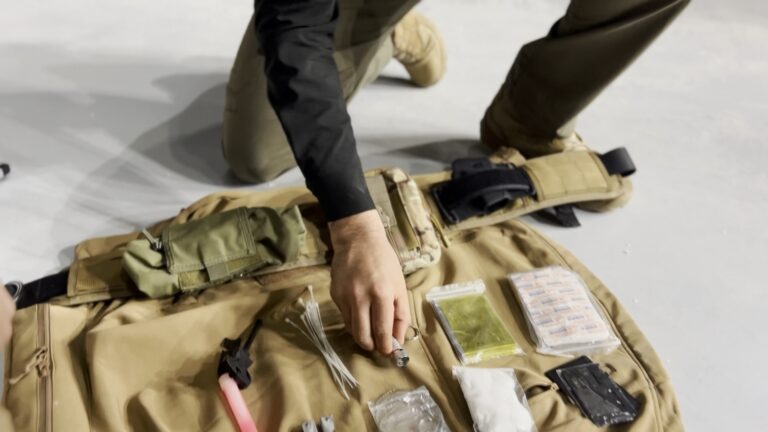
Participants should have a basic understanding of educational systems and a willingness to engage in safety-related discussions. No specific prior knowledge is required, but familiarity with school operations and management is beneficial.
Approximately 2-3 days.